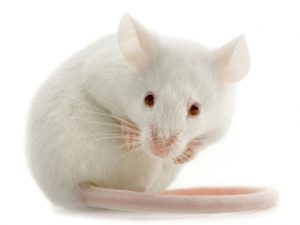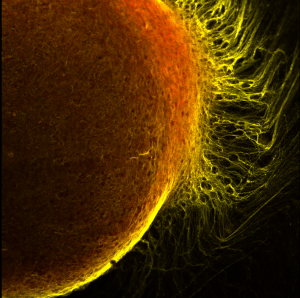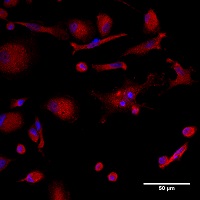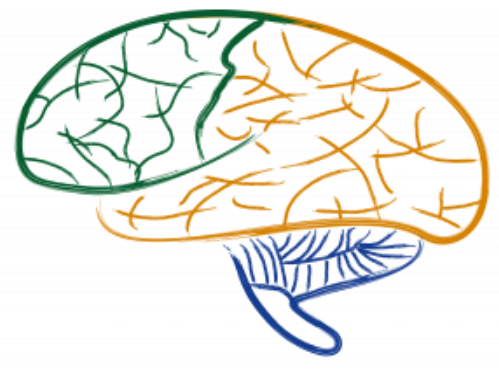In order to study neurological disorders and test pharmacological tools, we employ a broad range of models, including transgenic mouse models, murine primary neuronal and glial cultures, human induced pluripotent stem cell (hIPSC)-derived brain cells and neurospheres and induced microglial-like cells (iMGs) produced via PBMCs. In addition, to accomplish these objectives, we also perform a wide variety of techniques like molecular, biochemical and cellular analysis, including immunostaining , western blots, quantitative PCR, as well as behavior assays. All these different approaches are employed because the study of neurological disorders is a highly multidisciplinary endeavor aiming to enhance our understanding of disease progression and facilitate the development of new therapeutic tools.
 In our laboratory, transgenic mice are used to study several aspects concerning Huntington’s and Alzheimer’ disease. In addition, wild-type mice are also employed to analyze critical aspects concerning Zika virus neurological alterations in the offspring following infection during pregnancy.
In our laboratory, transgenic mice are used to study several aspects concerning Huntington’s and Alzheimer’ disease. In addition, wild-type mice are also employed to analyze critical aspects concerning Zika virus neurological alterations in the offspring following infection during pregnancy.

We also use hiPSC-derived models to research key cellular, biochemical and immunological features involved in Schizophrenia and Multiple Sclerosis. Among these models, we focus mainly in generating neuronal and astrocytic 2D cell cultures and neurospheres as a 3D model.

Induced microglial-like cells (iMGs) are produced from peripheral mononuclear cells (PBMCs) obtained from healthy control and schizophrenic patients to analyze their intercommunication with the other hiPSC-derived brain cells.
